Blog Layout
Blog
7 THINGS YOU NEED TO KNOW ABOUT YOUR BACK PAIN Have you been told that your back pain is nerve pain and will never go away?
Introduction
Do you assume that most people have troubles with their back when they get older and think this is normal? Are you noticing you’re getting a little worse every day and hoping that you can walk or sleep it off? Starting to see your friends and family managing painful problems as part of their day to day lives? Are you ready to get your life back and start living life to the fullest?
As a society we tend to change our habits and daily lives to accommodate back pain instead of solving it. Part of why that’s true is that there are a lot of myths about back pain. In this special report, I give you 7 things that you should know about your back pain, in order to better understand the problem and see that a solution is possible.
Without knowing your specific situation, it is impossible to provide you with a perfect solution for your pain. The first step towards creating the right plan to help you, isn’t just to talk about tips and tricks generally, but start by talking about the reality behind the pain.
I’ve been helping people get past their back-pain problems for 28 years now and what I find is that many people have little success solving these problems because the problems are poorly understood. Once you start to truly understand the important issues behind your problem, you can start the process of getting real help. Knowing that a solution is possible and that you are finally on the right track can be an important source of both hope and relief!
These 7 things are in no particular order; and are issues I am continuously coming across in conversations with people both in and outside the clinic. These issues are common reasons why people don’t have success with attempted back pain solutions or aren’t seeking help in the first place. Why would you search for a solution if you don’t believe a solution exists? I know the options for care are overwhelming. Who can you trust? There are countless therapies, therapists, chiropractors, and even doctors who just aren’t getting the results being promised. How can you know where to turn next?
Let’s look under the hood and see what lack of information, or misinformation may be getting in the way of you getting rid of your back pain.
7 Things You Need to Know About Your Back Pain!
1. You don’t have a “bad back”
Unless you belong to that very small minority of people who were born with an incompletely formed or malformed spine, it is very unlikely that you have a “bad back”. Most back pain problems result from your back having to cope and compensate for imbalances coming from elsewhere in the body. Your back is simply tired and sore, not “broken”.
Key Point
– there is almost always a nonsurgical answer for your back problem.
2. You didn’t inherit your back pain
A lot of people come to believe that they were destined to have back pain because their mother or father has back pain, so does their uncle and their grandmother had it too. The fact that these issues are common doesn’t necessarily mean that you have “the bad back gene” (see #1). Research suggests that the biggest factor regarding inherited back problems is learned behaviours, not genes. As children, we see our role models standing, sitting and moving with poor posture and we copy those postures, “inheriting” the aches and pains that go with them.
Key Point
– you can’t blame your sore back on your mom and dad.
3. Back pain isn’t a necessary part of the aging process
It seems that most people assume that back pain is something that naturally occurs as we get older. This is simply not true. Simply because it is common doesn’t make it “normal”. I realized many years ago that back pain (or any muscle/joint pain) has a lot more to do with how long you have had alignment problems than how long you’ve been alive. If you were a car with a big wheel alignment problem, it wouldn’t matter if you were brand new or 50 years old, that problem would still cause unnecessary wear and tear the harder you drive, and even cause mechanical failure if you go hard enough.
Key Point
– many people over 40 years of age have zero back pain. You can be part of that group.
4. Most people who have back pain also have a crooked pelvis
At Dakin Rehab, we have the first surface topography scanner in Canada. In other countries, these machines are most commonly used by pediatric scoliosis experts to track the progress of spinal curves in children/adolescents. Earlier this year (2017) we conducted a research study using this assessment equipment. We found that the more crooked the pelvis was, the less healthy curve existed in the lower backs of our patients. If your lower back is sore, your pelvis is probably not as straight as it should be. Thankfully that is something we can solve.
Key Point
– the best back treatment in the world won’t solve your back pain if the problem begins elsewhere.
5. Your tight hamstrings are not the cause of your back pain
Many people who suffer with chronic back pain also have tight hamstrings (the muscles in the back of your thighs). Most of these people stretch their hamstrings, but have zero success in either lessening the tightness or in reducing the pain. That is because the hamstrings are being pulled taut and are an “effect”, not a “cause”. In most of these cases the pelvis needs to be straightened, and when it is the hamstrings commonly “magically” return to healthy, relaxed tone.
Key Point
– stretching your hamstrings is very rarely a critical piece of your back-pain puzzle.
6. Doing a million sit-ups or ab crunches won’t fix your back pain
As stated above, many back-pain problems begin with a crooked pelvis. The lower back tightens up as the body tries to cope and compensate with a crooked foundation. Trying to solve this situation with sit-ups and/or crunches is a classic case of “closing the stable door after the horse has bolted”. Your body is already trying to solve the problem with muscle spasms, so you’re late to the party with no fresh ideas. Your pain is highly unlikely to be lessened by “more of the same”. In fact, if the muscle spasms are pulling your vertebrae too close together, resulting in disc bulging, what benefit could there be to pulling them even closer together with ab exercises? Any stories claiming success with such an approach have more to do with incidental lessening of crookedness than any supposed strengthening benefits.
Key Point
– sit-ups and crunches may or may not be appropriate for you, but they are not the first step or the best medicine for a painful lower back.
7. You didn’t create your back pain by “sitting at a desk all day” or by “standing all day on a cement floor”
While sitting or standing all day isn’t the healthiest way to spend your time, by itself it isn’t the cause of your back pain. A body with healthy, balanced muscle tone and good joint function can tolerate sitting and standing for extended periods just fine. The more imbalanced and malaligned the body, the more difficult everything physical will be, even sitting. Standing desks are a way to manage a back-pain problem, but the solution is to improve your posture, not get a better desk.
Key Point
– sitting or standing all day didn’t create your back pain and a standing desk isn’t a solution.
Bonus Section:
Now that you have a better understanding of what probably is and isn’t important regarding your back pain, let’s touch on what you can do about it.
It’s important to stay active, pursuing the things you love, but even Ferraris need a wheel alignment now and again. Sticking with the automotive analogy, no amount of daily drives (walking) or races (running) will correct that alignment problem. The body, like an automobile needs regular maintenance to maximize performance and minimize wear and tear.
A daily movement practice is probably the healthiest habit you can develop, as far as promoting healthy muscles and joints. The problem is even most healthcare professionals think of exercise in terms of stretching and strengthening. I am regularly asked what exercises I give to strengthen certain muscles and to stabilize certain areas of the body. These are the wrong questions. Everything in the body works better when the skeleton is well aligned, and no amount of exercise will maximize performance or minimize wear and tear when there are major alignment problems.
My Alignment First Protocol ©
is a self-customizing series of ten exercise progressions
that is designed to straighten your body, working from the pelvis outwards. This is a user-friendly way to not only improve your posture, but also to increase the odds of you aging gracefully, free of surgeries and painkillers.
Conclusion
So, there you have it: 7 things that you didn’t know about your back-pain problems. It’s nearly impossible to overcome a back-pain problem when you fail to understand why you have the pain in the first place. It’s just as big a problem when you believe you understand, when in fact what you think you know about the issue is wrong. I want to help you start to improve your quality of life and get back to what makes you, you.
Stay tuned for more upcoming reports with tips and tricks on easy at-home solutions to start getting you back to your healthy active lifestyle and keeping pain from getting in the way of the life you love.
At Alignment First
we are fortunate to be collaborating with world class healthcare experts and we are passionate about helping our patients to lead the lives they want to live.
I hope this is the beginning of a long-lasting relationship with you, because it’s our mission to help you find solutions to your back-pain problems, so that together we can live life to it’s fullest.
Dedicated to Restoring Your Health,
Geoff Dakin
Alignment First
Health Advice Disclaimer
We make every effort to ensure that we accurately represent the injury advice displayed throughout this guide.
However, examples of injuries and their prognoses are based on typical representations of those injuries that we commonly see in our clinic. The information given is not intended as representations of every individual’s potential injury. As with any injury, each person’s symptoms can vary widely and each person’s recovery from injury can also vary depending upon background, genetics, previous medical history, application of exercise, posture, motivation to follow treatment plan prescriptions and various other factors. It is impossible to give a 100% complete accurate diagnosis and prognosis without a thorough physical examination and likewise the advice given for management of an injury cannot be deemed fully accurate in the absence of this examination.
We are able to offer you this service at a standard charge. Significant injury risk is possible if you do not follow due diligence and seek suitable professional advice about your injury. No guarantees of specific results are expressly made or implied in this report.
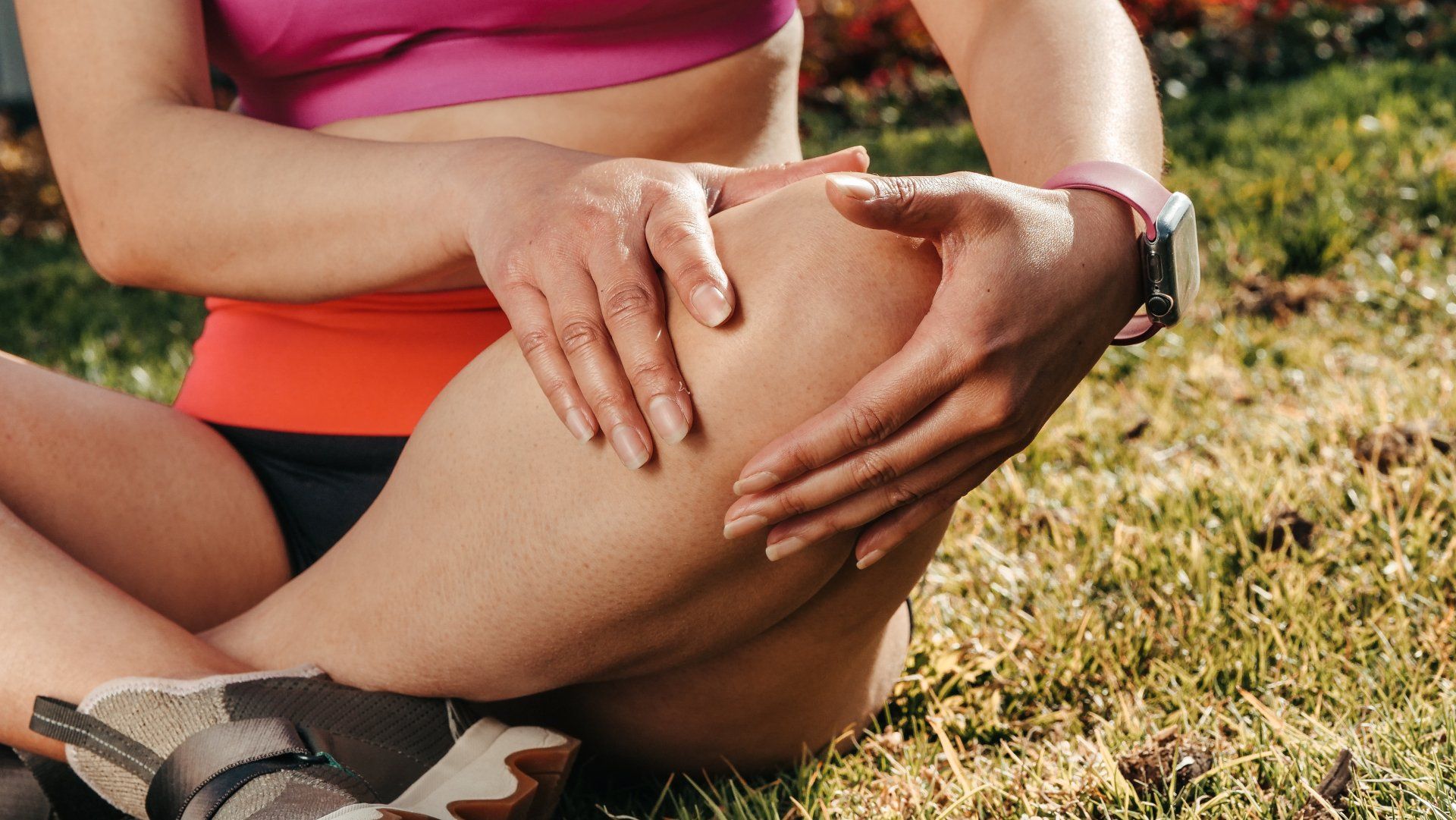
By Geoff Dakin
•
April 4, 2022
"Most people who have chronic or recurring knee pain have a hip/pelvis alignment problem, a foot/ankle problem, or both." First-principles thinking involves breaking down a problem into its assumption-free, fundamental building blocks. In the chronic pain-elimination game, the following fundamental truths have served me well over the years: 1. The nervous system is paramount. 2. Malalignment of the skeleton adds stress to the neuromuscular system. 3. Postural malalignment can usually be reduced with the practice of appropriately prescribed corrective exercise.
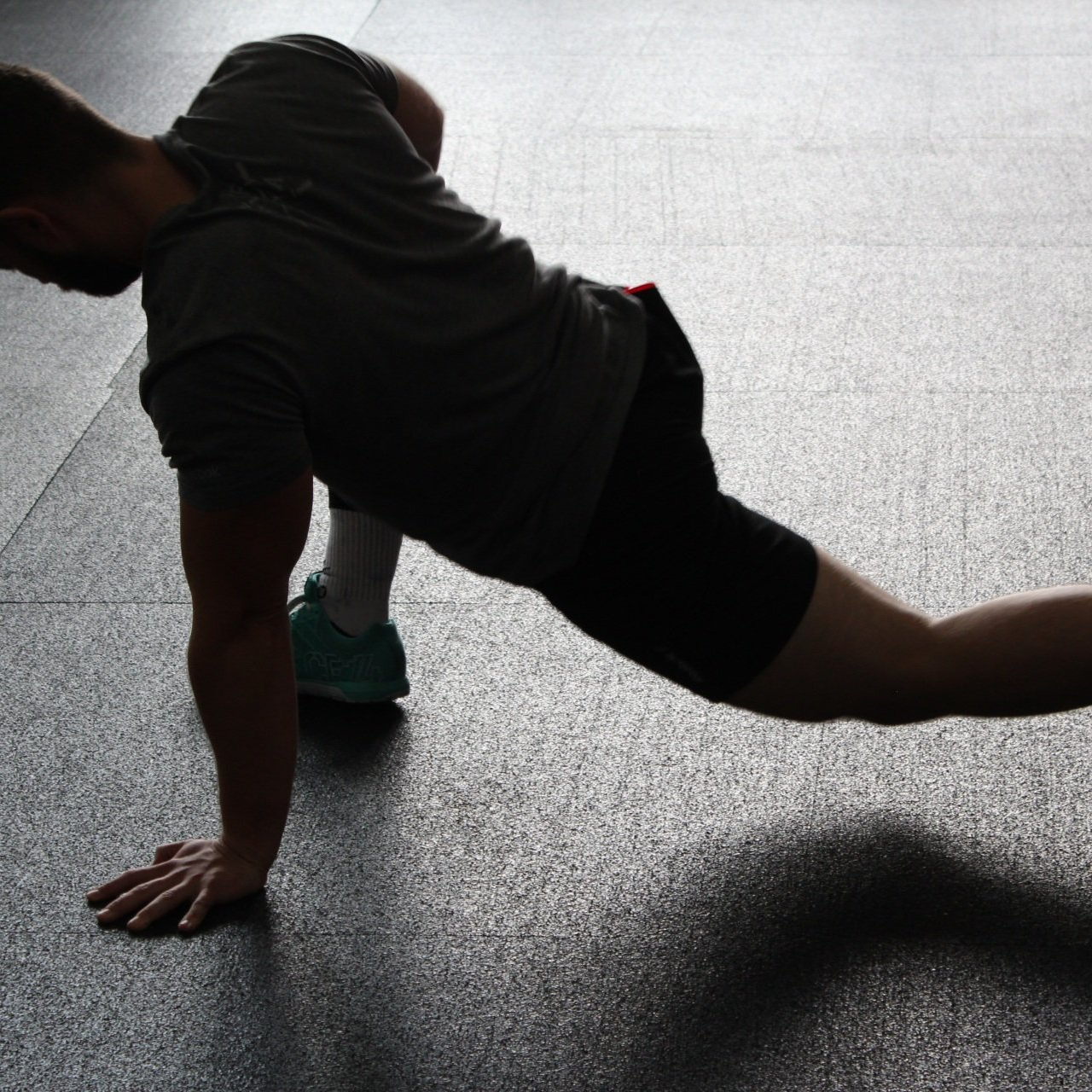
By Geoff Dakin
•
March 28, 2022
I have found that most people will stretch as aggressively as their pain threshold will allow. However, there is this thing called the “Stretch Reflex.” In other words, stretch too hard and all you are doing is making yourself sore! All pain, no gain. Stretching "the wrong muscles"??? I can hear the gears turning in your head. "The wrong muscles" doesn't make any sense!
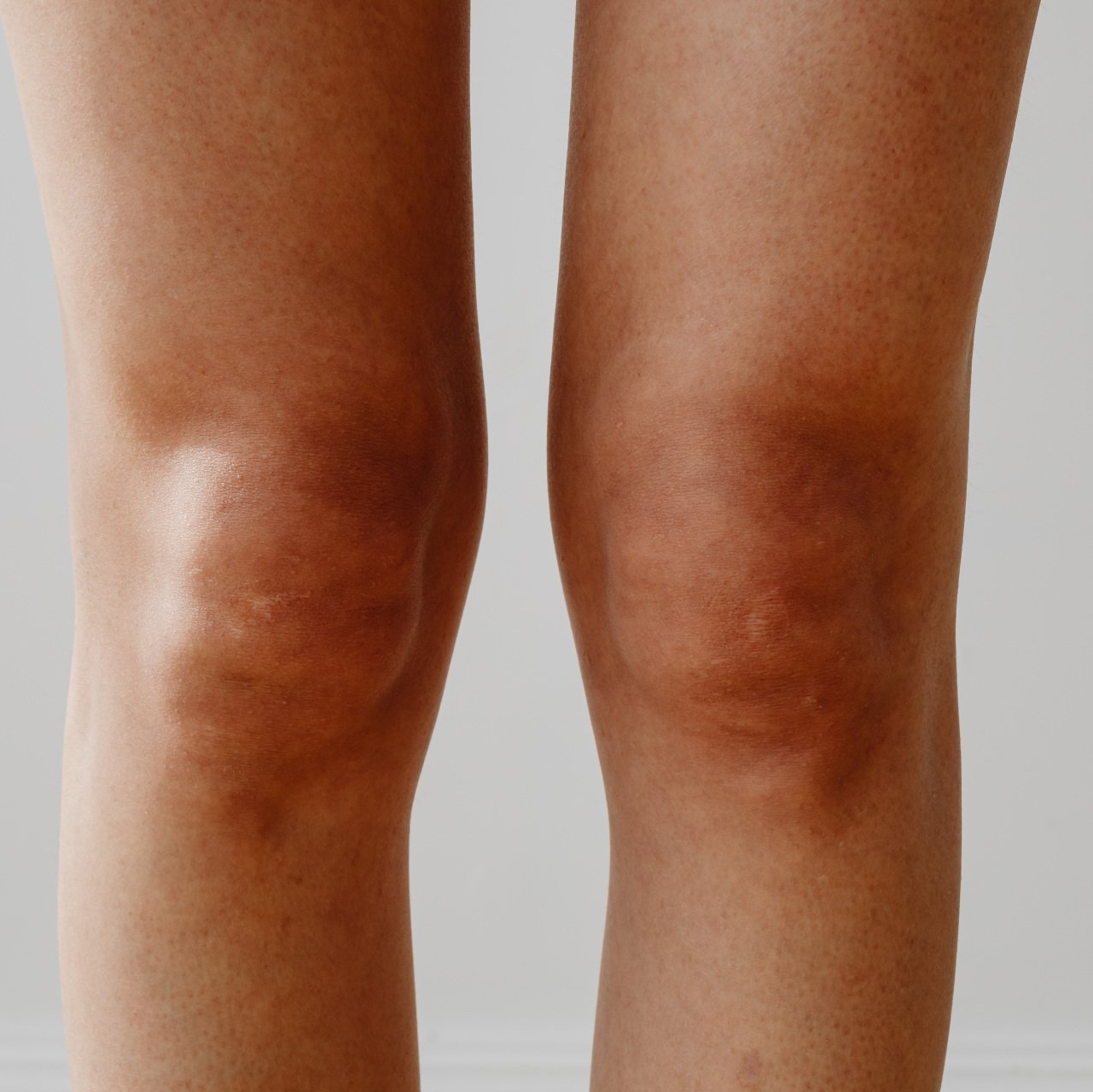
By Geoff Dakin
•
March 21, 2022
Although chronic back pain is the most common chronic pain problem worldwide, of course, it's not the only one. In my practice, I also help people struggling with foot pain, hip pain, shoulder pain, and many others!
In fact, today I want to share with you my perspective on KNEE PAIN, one of the most common problems I'm asked about.

By Geoff Dakin
•
March 7, 2022
“Impossible” is usually an opinion, not a fact. Although you may’ve taken a very long and winding road to get relief from chronic pain, and you’ve probably even had experiences that suggest that solving your pain problems are “impossible” If you come to the clinic or work with me using video conferencing I can guide you through your rehab training even faster and easier!

By Geoff Dakin
•
February 27, 2022
This morning I got thinking about something a patient said. She has felt “heard” and she is no longer fearful that she will be “forced to do things that cause undo pain". I put a lot of time, effort, and yes, thought, into making sure you’re getting the care your body needs, not what some system says you SHOULD need.
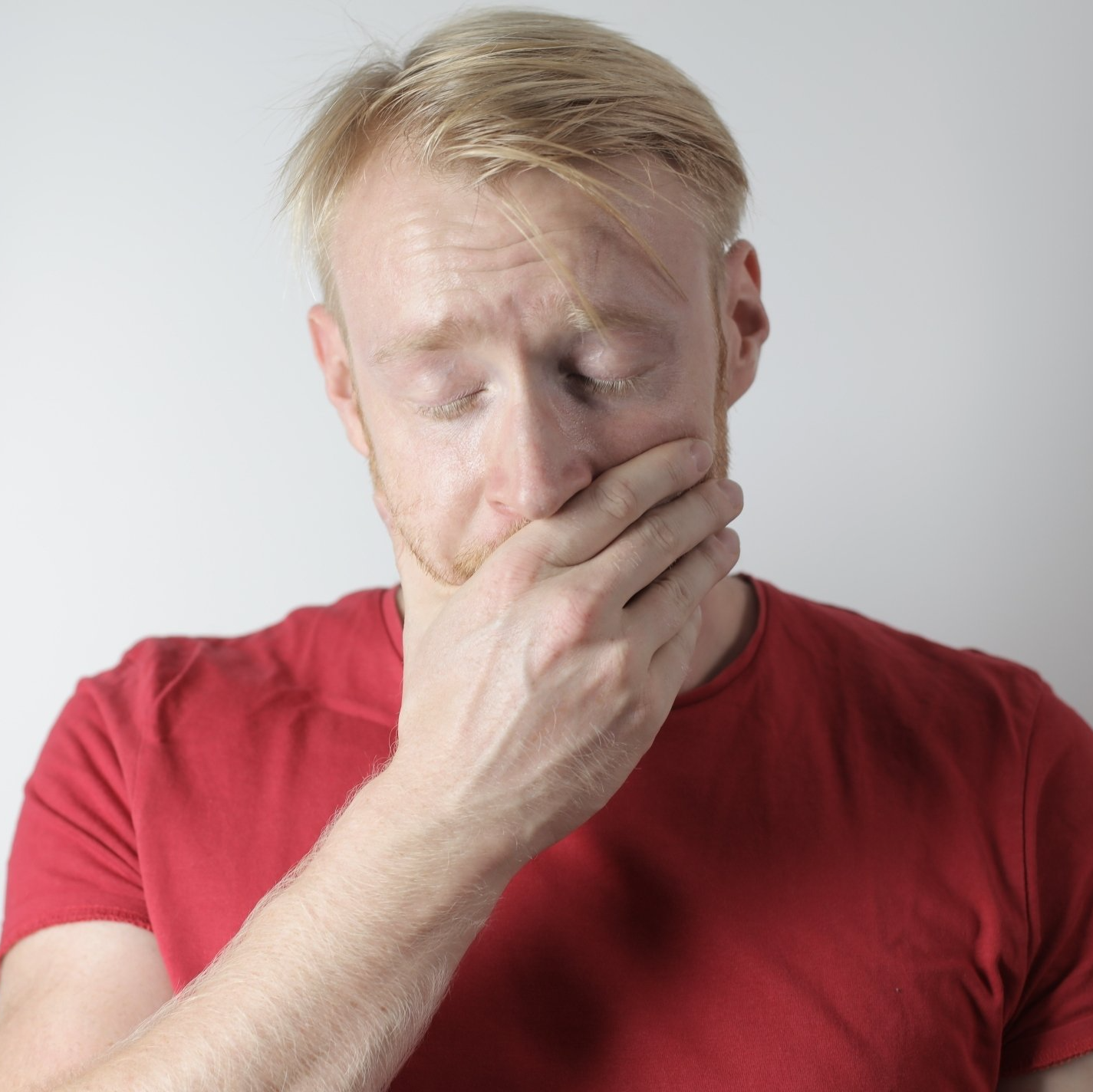
By Geoff Dakin
•
February 18, 2022
I continue to see chronic pain problems being mismanaged and misunderstood. Or better said, mismanaged because they are misunderstood. Is it any wonder that people aren’t getting the help they need and instead end up relying on painkillers and surgeries to “solve” their problems?
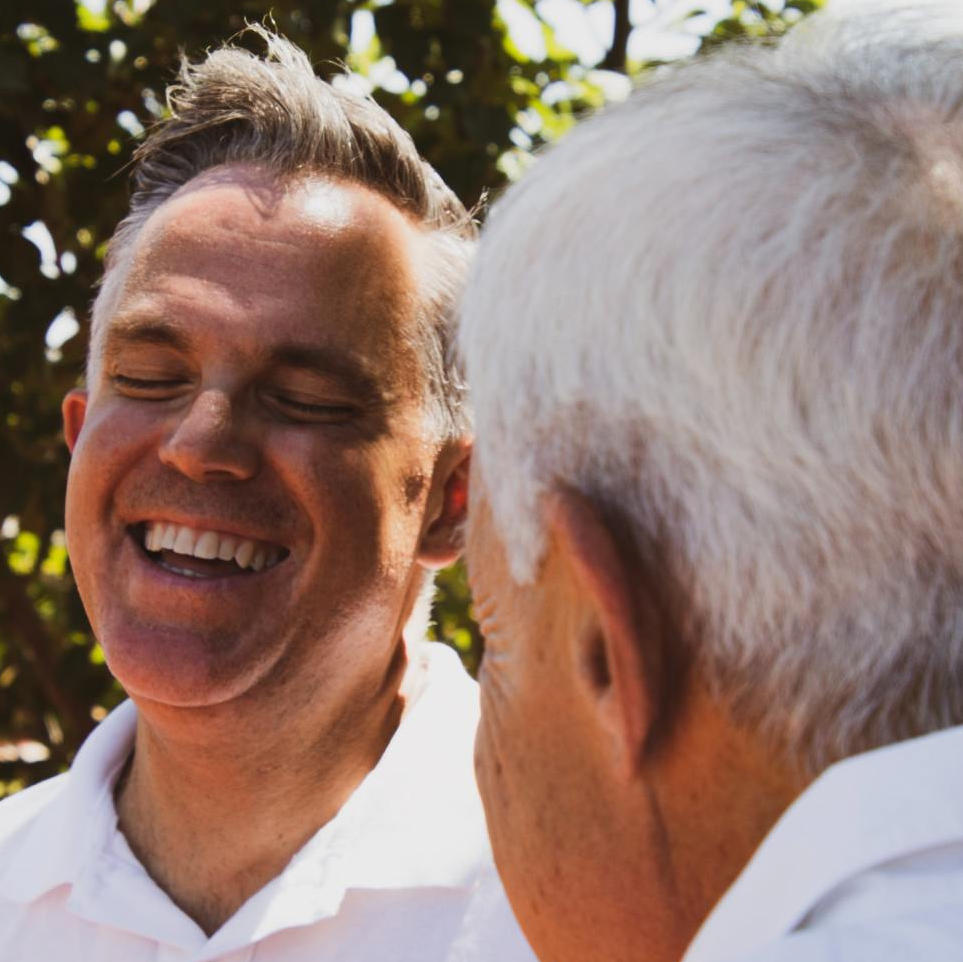
By Geoff Dakin
•
August 26, 2021
With people living longer than ever before, more and more individuals find themselves sandwiched between caring for their children and caring for their aging parents. You may experience feelings of grief and loss, as you see your parents changing and the roles of your family shifting. You may also feel fearful and anxious about your parent’s mortality, and that gets you thinking about your own.

By Geoff Dakin
•
June 23, 2021
The body holds much of the information we need to function at our best, but too often we ignore its messages and plow ahead with what our minds tell us. Instead of asking our body what it wants, we go for the quick fill-up or the comfort food that may be the last thing we really need. So, what to do to give your body an equal say in how you use it?

By Geoff Dakin
•
May 25, 2021
In challenging times such as these, taking care of ourselves is more important than ever—yet it’s often the last thing on our minds. We all know the negative impact on our health that stress can have—so, let’s find some balance. Take this self-quiz to see how well you are taking care of yourself.

